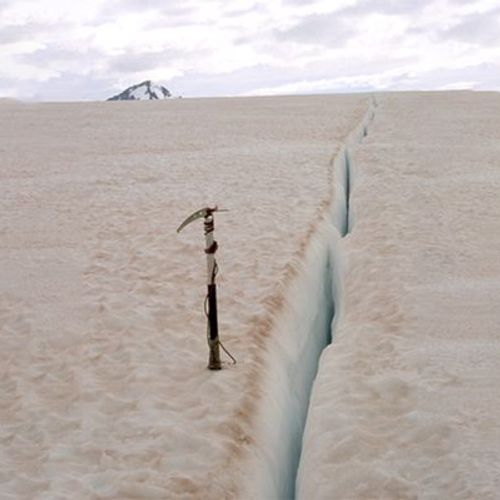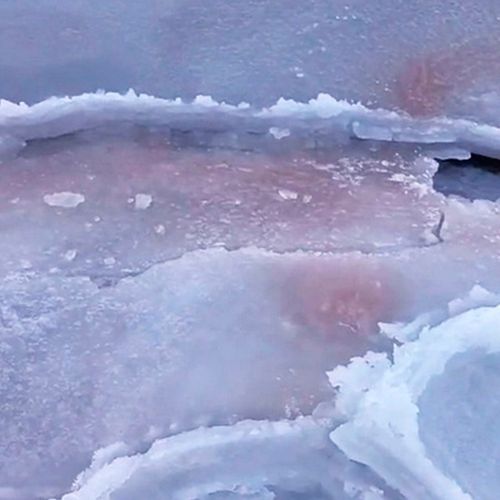
| Added | Thu, 03/02/2022 |
| Источники | |
| Дата публикации | Thu, 03/02/2022
|
| Версии |
Japanese scientists have learned to predict the phenomenon of red snow. An article about this was published in the Journal of Geophysical Research: Biogeosciences.
Red snow is a rare phenomenon observed in the mountains and circumpolar regions of the Earth, caused by the reproduction of algae Chlamydomonas snow. As a result, the snow turns pink. Scientists from the University of Tokyo have found out what weather conditions affect the appearance of this phenomenon.
"It is important to understand why and when periods of such algal blooms occur," says Yukihiko Onuma. –The purpose of our study was to learn how to predict the time and place of occurrence of this effect on the snow cover of the Earth."
The researchers took as a basis a previously developed model of the development of chlamydomonas snowy and included additional factors in it, such as the duration of snowfalls and light days. It turned out that the predictions of this model coincide with real data on the spread of red snow in 15 different places around the world.
Then the scientists included the developed model in a simulator of conditions on the Earth's surface.
"The simulation predicted the appearance of algae blooming zones exactly where they appeared in reality–" the scientists explain. –During the simulation, we learned that the time of algae blooming was closely related to how long the snow cover existed and at what time fresh snow fell."
The authors hope that the inclusion of their development in the global model of conditions on Earth will give a better understanding of the climate of our planet.
Новости со схожими версиями
Log in or register to post comments









